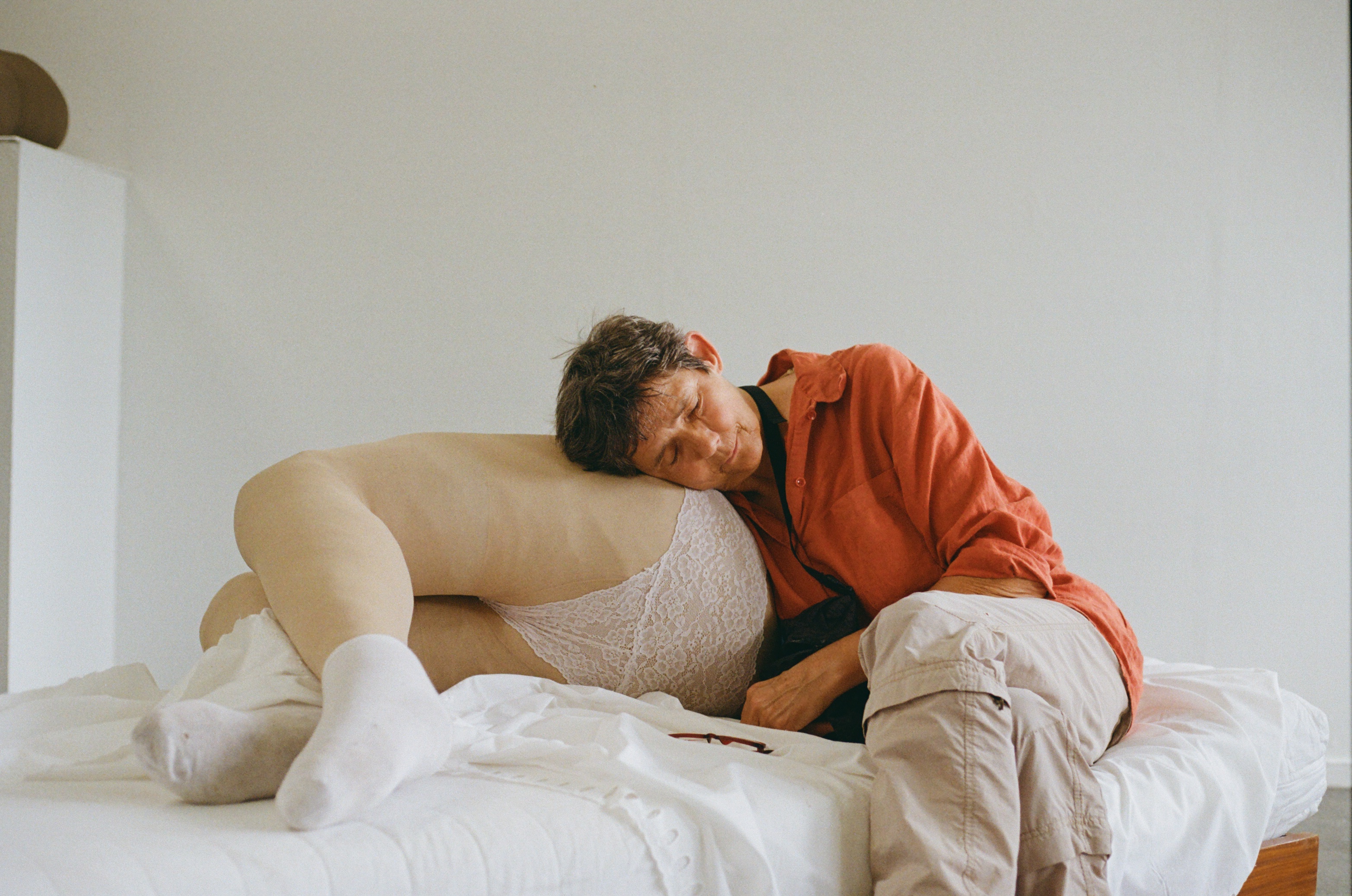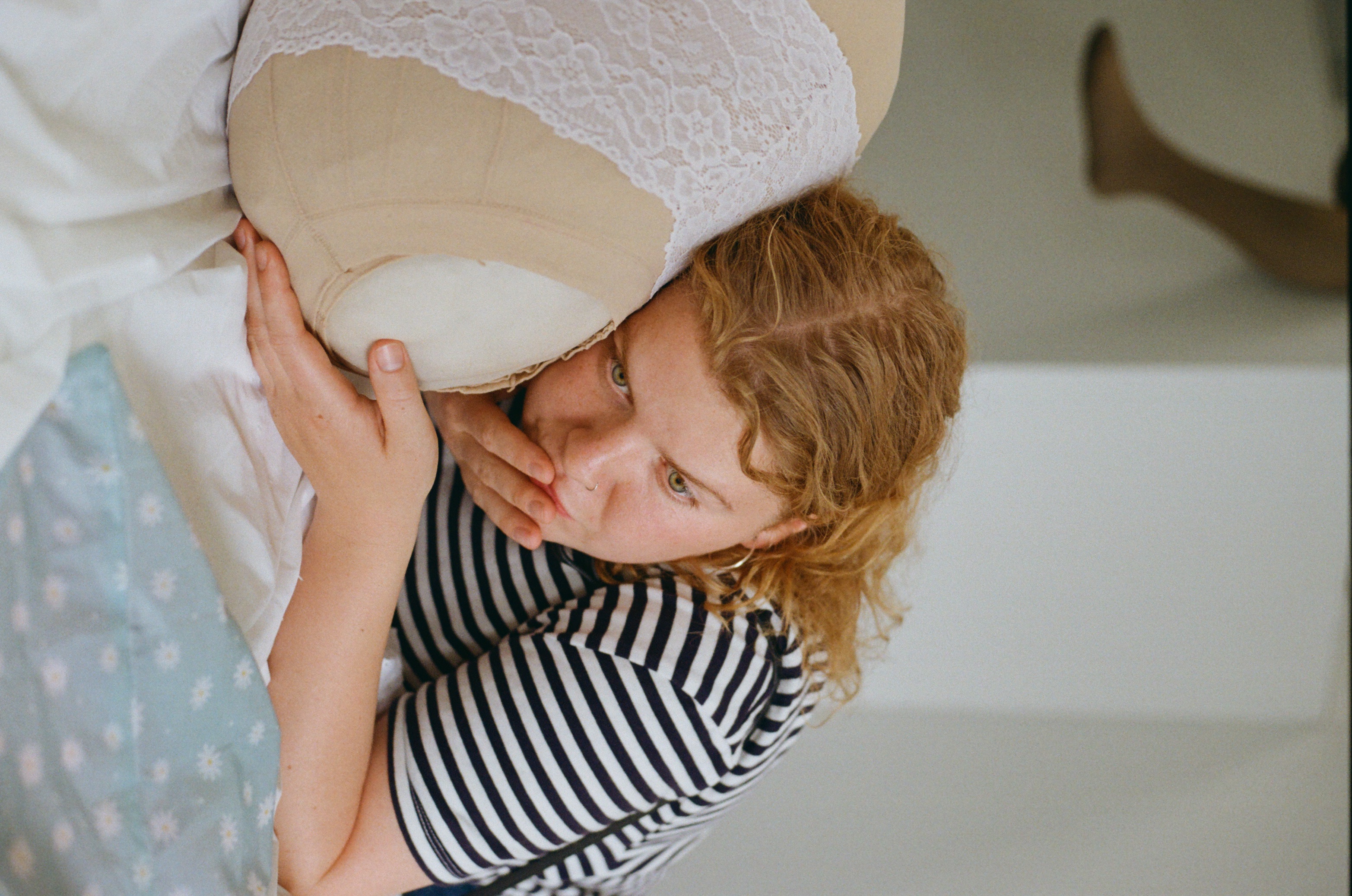NO MAN’S LAND
An interactive sculptural sound installation.
Exhibited at
AKV| Sint Joost Breda
The NOW SHOW 2022, Breda
Ron Mandos
“Best of Graduates 22”
SBK Kunstuitleen & Galerie “sprouts young talents 2022”
Featured in
Metroplis M “Eindexamens 2022”
Winner of
St.Joost penning
“Best Graduation Project”
![]()
An interactive sculptural sound installation.
Exhibited at
AKV| Sint Joost Breda
The NOW SHOW 2022, Breda
Ron Mandos
“Best of Graduates 22”
SBK Kunstuitleen & Galerie “sprouts young talents 2022”
Featured in
Metroplis M “Eindexamens 2022”
Winner of
St.Joost penning
“Best Graduation Project”

Noun
a : an area of unowned, unclaimed, or uninhabited land.
b : an unoccupied area between opposing armies.
c : anarea not suitable or used for occupation or habitation.
No man’s land is an audio based installation that houses five different sculptures. The sounds are housed by female legs, their voices, telling their stories. Seated throughout the exhibition, only to be heard by the ones who come close enough.I am taking on the role of a translator of sorts. A collector of female stories, molding them into something tangible. Unspoken experiences brought to light in a conversation.
One to be had,
As parents.
siblings.
friends. partners.
lovers.
men amongst men.
as people.
In “No man’s land”, Sophie takes on the role of an observer, capturing her own experiences as aqueer woman as well as other women’s experiences. She translated these experiences into audiosculptures which tell different stories of womanhood. Together, these elements make for aninteractive installation with a focus on the act of listening.
Engels travelled to Portugal to create the first mold and sees great value in the almost ritual-likeprocess. Being physically close to her subjects while covering their legs in duct tape forces animmediate, intimate connection. The hours it takes to make the mold help build a bond in whichthese personal stories can be shared.
She would like to shed a light on stories and experiences that otherwise would not have left femalesafe spaces; their bedrooms, their sleepovers, their phone calls, or their minds. The installationspurposefully make the audience come uncomfortably close, making them do the work to hearstories that are oftentimes ignored.
People being able to observe the ones listening makes for an interesting power dynamic betweenthe listener and the observer. With the discomfort that comes with being watched, the onesinteracting with the work become part of the work.
The installation, which some will consider a feminist work, is aware of the exclusion of POCwomen within the feminist movement and would like to offer a space for these voices.


